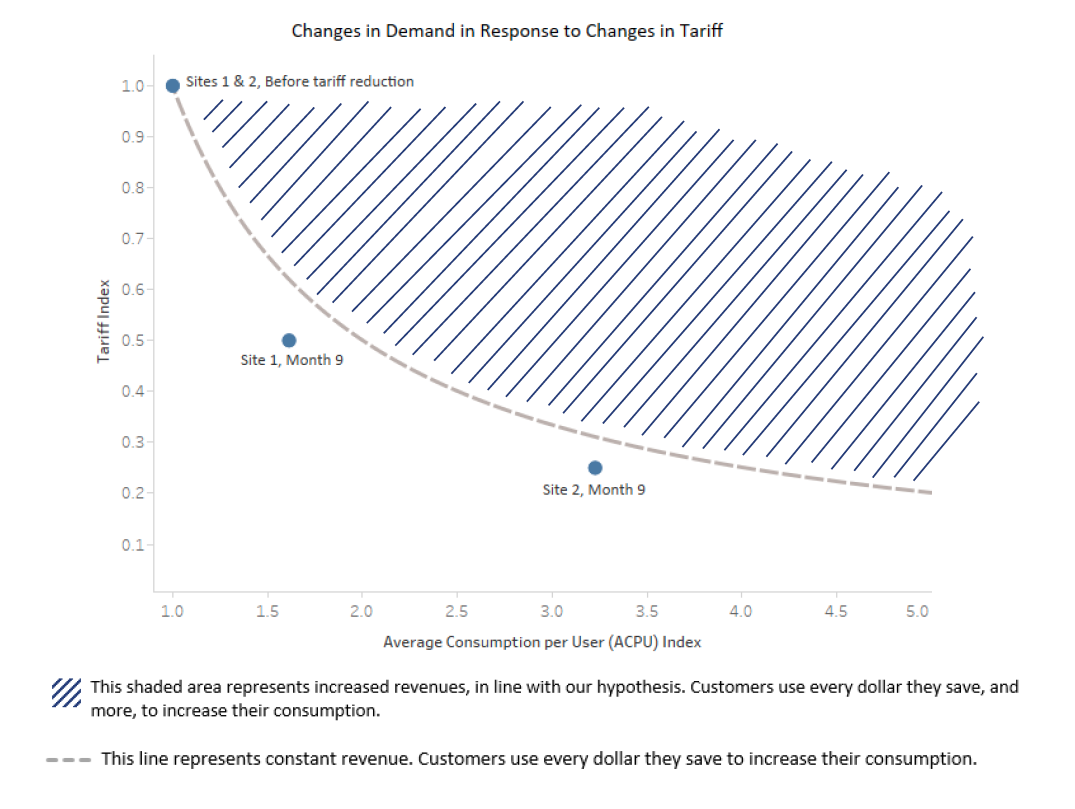
New study reveals mesh-grids as a cost-effective, scalable approach for rural electrification – Mini-Grid Innovation Insight
A new study from CrossBoundary's Innovation Lab shows that mesh-grids are a scalable and cost-effective approach to rural electrification, particularly in areas where traditional infrastructure is hard to build or expand.
A new study from CrossBoundary's Innovation Lab shows that mesh-grids are a scalable and cost-effective approach to rural electrification, particularly in areas where traditional infrastructure is hard to build or expand.
The findings highlight that mesh-grids can enhance rural electrification strategies by reducing initial infrastructure costs and speeding up connections in dense, underserved areas.
What are mesh-grids?
Mesh-grids are interconnected systems of decentralized generation and storage units that form a cluster to supply electricity to homes and businesses. The technology offers reliable power access in remote areas where extending traditional grids is difficult.

Tombo Banda, CrossBoundary Managing Director and Innovation Lab Lead
The Innovation Lab tested two configurations in Nigeria:
- A full mesh-grid installation
- Mesh-grid extensions to existing mini-grids
The full mesh-grid installation cut infrastructure costs per connection by 41%, at $803 versus $1,358 for the mini-grid control site. This figure is also 23% lower than the regional average for mini-grids in West and Central Africa, where nearly half the population still lacks electricity.
However, Banda and her team caution that not all mesh-grid deployments yield savings. Extensions to existing mini-grids were about 45% more expensive than standard mini-grid extensions, mainly because the original mini-grid already had adequate generation and storage, requiring only distribution upgrades.
The study also surfaced important considerations around operational costs and revenue models. While extension mesh-grids demonstrated 25% higher average revenue per user despite lower power consumption, full installations recorded 48% lower revenue compared to mini-grid control sites.
Mesh-grids show particular promise for household-level needs and low-to-medium power applications, typically providing around 1.2 kW per system. However, their ability to power higher energy loads for business use and maintain long-term effectiveness is yet to be determined.
The CrossBoundary Innovation Lab will continue testing to fully understand mesh-grids’ capacity for high-load productive uses and long-term durability across different deployment scenarios.


